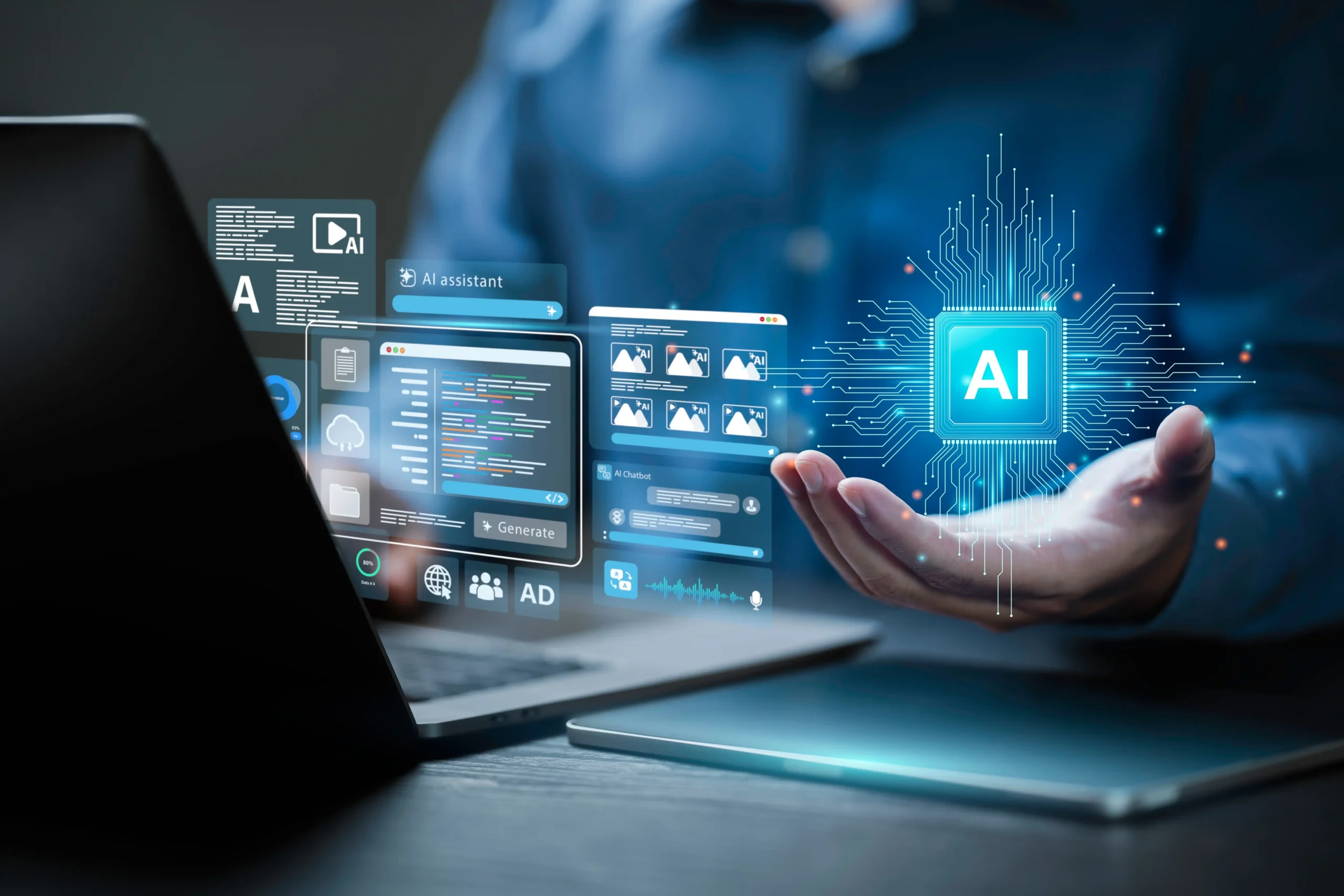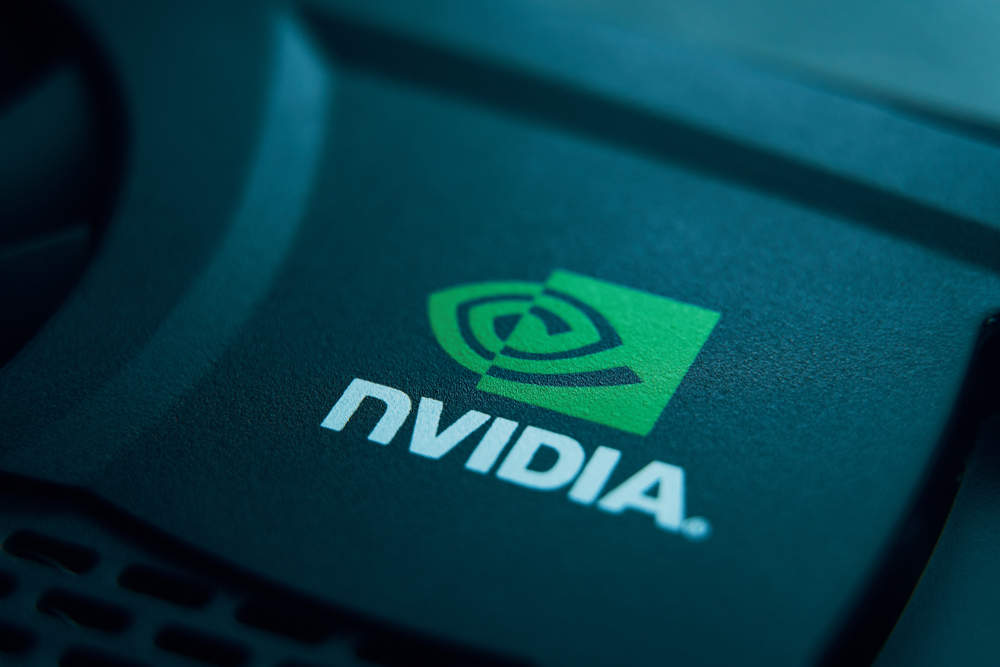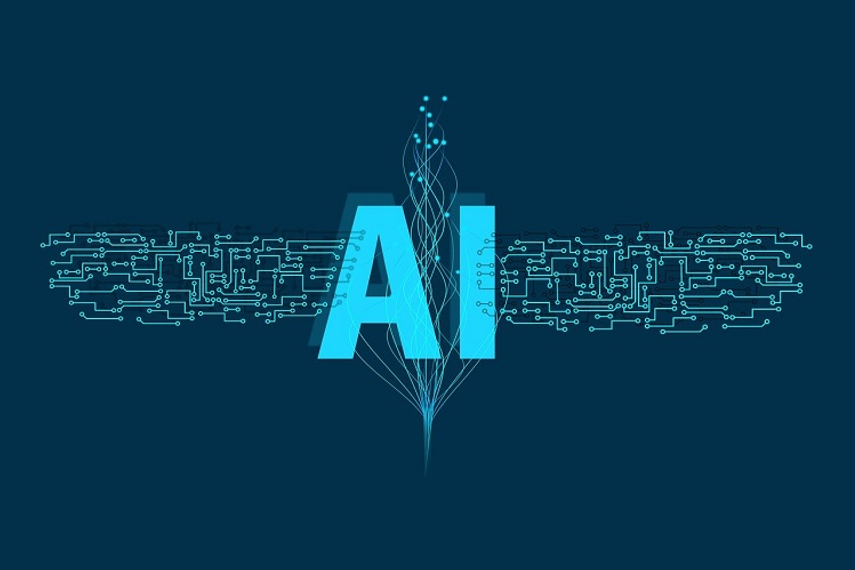Look, I get it. Every other headline screams about AI this, AI that. Your LinkedIn feed is flooded with “AI will revolutionize everything” posts. Companies are throwing around AI buzzwords like confetti at a New Year’s party. But here’s the million-dollar question (or should I say trillion-dollar question): Are we witnessing the birth of a transformative technology, or are we dancing on the edge of another spectacular tech bubble?
The Numbers Are Absolutely Staggering
Let’s start with some jaw-dropping figures that make even seasoned investors do a double-take. Just four companies—Microsoft, Alphabet, Amazon, and Meta—combined for $246 billion of capital expenditure in 2024 to support the AI build-out. That’s not a typo. And Goldman Sachs? They’re predicting Big Tech will spend over $1 trillion on chips and data centers over the next five years.
Meanwhile, OpenAI, the darling of the AI world, is valued at over $100 billion despite burning through money faster than a Formula 1 car burns fuel. Reports suggest $8.5 billion spent on AI training and staffing, with projections pointing toward a $5 billion loss. If this doesn’t give you dot-com flashbacks, I don’t know what will.
The Bull Case: Why This Time Might Actually Be Different
Before we start planning the funeral for AI investments, let’s acknowledge something crucial: this technology is already delivering real results. AI contributed to as much as 20 percent of real gross domestic product growth in just the third quarter of 2024 in the United States. That’s not monopoly money—that’s actual economic impact.
Unlike the dot-com era, where many companies were essentially burning cash on business models that barely made sense, AI is solving genuine problems. Companies are using it to automate customer service, analyze medical images, optimize supply chains, and write code. The productivity gains are measurable and immediate.
The infrastructure being built today isn’t just speculative either. Those data centers and chips? They’re powering applications that businesses actually need and use. When a radiologist uses AI to detect cancer earlier, or when a logistics company cuts delivery times by 30% using AI optimization, that’s real value creation.
The Bear Case: Red Flags Everywhere You Look
But here’s where things get uncomfortable. The warning signs are flashing brighter than a neon sign in Times Square.
First, the valuations have become completely detached from reality. When companies with minimal revenue command billion-dollar valuations simply because they slap “AI” on their business model, we’re in familiar territory. Remember when every company became a “.com” overnight during the internet bubble?
Second, the investment pattern is eerily similar to previous bubbles. A new influx of money pumped into AI companies without any proof of ROI transformed the dying hype into an even bigger bubble. We’re seeing the same “spray and pray” approach that characterized the dot-com era.
Third, there’s a growing disconnect between promise and delivery. Many AI companies are discovering that their technology isn’t as scalable as initially thought. The magic of AI often requires massive computational resources, specialized talent, and careful fine-tuning—none of which come cheap or easy.
The Hardware Reality Check
Here’s something that might surprise you: one of the biggest vulnerabilities in the AI ecosystem might be its greatest strength. Nvidia’s dominance in AI chips has created an almost comical supply shortage. Demand for Nvidia’s hardware has been otherworldly, with orders for its H100 GPU, commonly known as the “Hopper,” and its successor Blackwell GPU creating a bottleneck that’s sent the company’s stock into the stratosphere.
But here’s the thing about bottlenecks—they eventually get resolved. When GPU supply normalizes and competition increases, a lot of the artificial scarcity driving valuations could evaporate quickly. It’s like musical chairs, but with billion-dollar companies.
Learning from History: The Dot-Com Parallel
The parallels to the dot-com bubble are impossible to ignore, but they’re also instructive. The AI bubble will likely burst too, but the technology will still reshape industries in ways we’ve only begun to understand.
Remember, the internet didn’t disappear when the dot-com bubble burst. Amazon survived and thrived. Google emerged from the ashes. The fundamental technology was revolutionary—it just took time for sustainable business models to emerge and for valuations to align with reality.
The Verdict: It’s Complicated
So, is the AI boom sustainable or a bubble? The answer is probably both. We’re likely experiencing a classic tech bubble driven by speculation, FOMO, and unrealistic expectations. But underneath all the hype lies genuinely transformative technology that will reshape how we work, create, and solve problems.
The bubble will probably burst—maybe not tomorrow, but likely within the next year or two. According to experts, the artificial inflation of AI has already peaked in 2024, and the bubble could burst across multiple verticals in 2025. When it does, we’ll see a lot of overvalued companies disappear, just like in 2000.
But here’s the key insight: the technology itself will survive and thrive. The companies building real value, solving genuine problems, and maintaining sustainable business models will emerge stronger. The rest will become cautionary tales in future business school case studies.
What This Means for You
If you’re an investor, be cautious but not dismissive. Look for companies with real revenue, sustainable business models, and clear paths to profitability. Avoid anything that feels like it’s riding purely on AI hype.
If you’re a business owner, now is actually a great time to explore AI applications. While the financial markets sort themselves out, the underlying technology continues to improve and become more accessible. Just focus on solving real problems rather than chasing trends.
And if you’re just trying to make sense of all this chaos? Remember that transformative technologies always follow this pattern: initial excitement, speculative bubble, dramatic correction, and then steady, sustainable growth. We’re probably somewhere between stages two and three right now.
The AI revolution is real. The AI bubble is probably real too. The trick is understanding that both can be true at the same time, and that the burst of one doesn’t negate the promise of the other.
What do you think? Are we headed for a crash, or is this time truly different? The next couple of years should give us our answer.

With over 6 years of experience in the blogging world, I specialize in crafting engaging, informative, and SEO-optimized content across various niches including tech, digital trends, and online monetization. I thrive on staying ahead of industry trends, experimenting with new content strategies, and helping others grow their digital presence.



